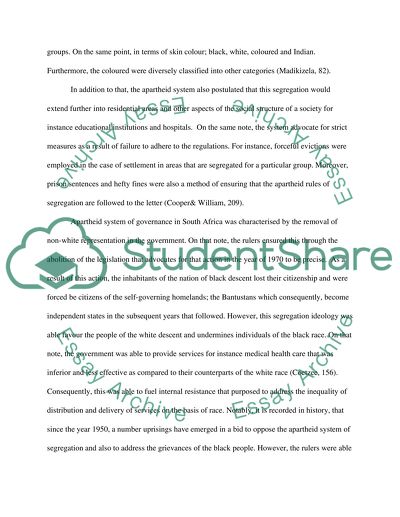Cite this document
(“South Afircan History: Apartheid and Resistance Essay”, n.d.)
Retrieved de https://studentshare.org/history/1495245-south-afircan-history-apartheid-and-resistance
Retrieved de https://studentshare.org/history/1495245-south-afircan-history-apartheid-and-resistance
(South Afircan History: Apartheid and Resistance Essay)
https://studentshare.org/history/1495245-south-afircan-history-apartheid-and-resistance.
https://studentshare.org/history/1495245-south-afircan-history-apartheid-and-resistance.
“South Afircan History: Apartheid and Resistance Essay”, n.d. https://studentshare.org/history/1495245-south-afircan-history-apartheid-and-resistance.


